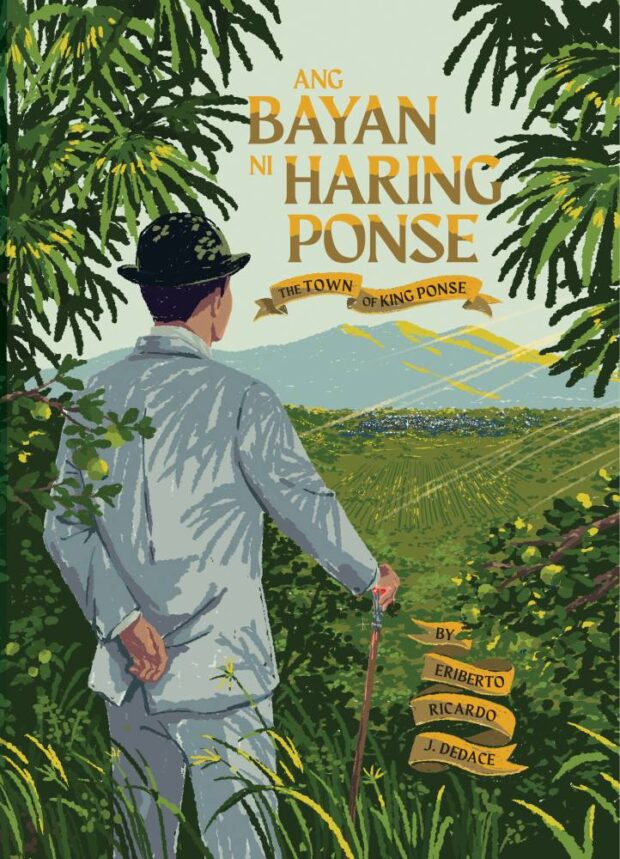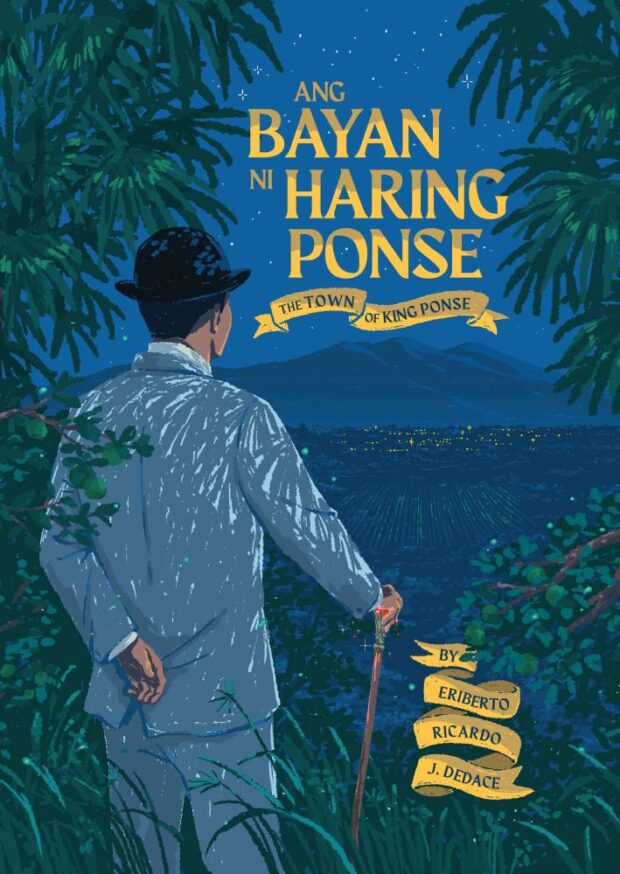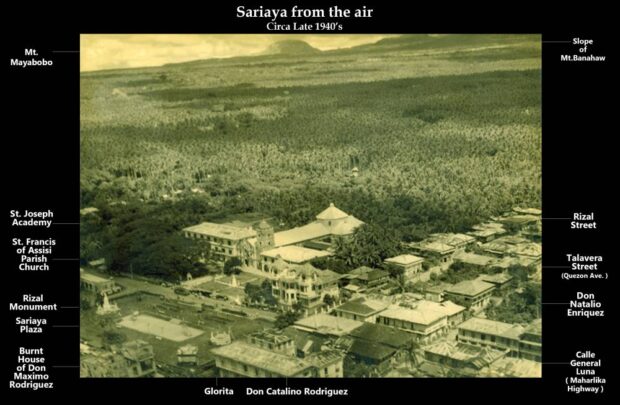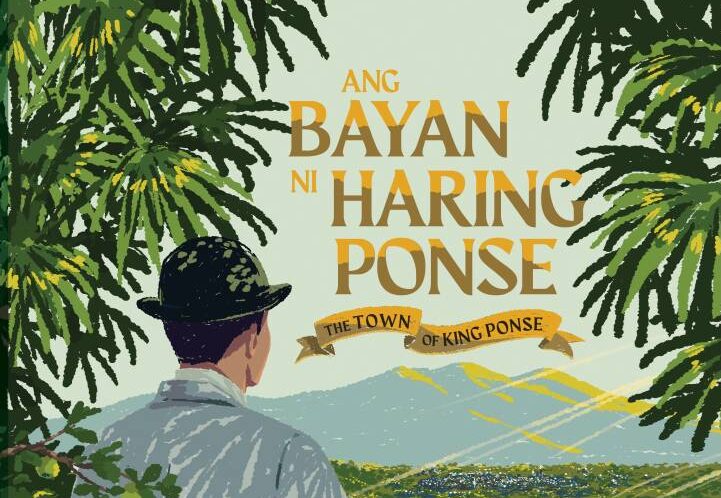
How much do you love your hometown? Ysmael V. Baysa really loves his. He is the very definition of a Sariayahin, a native of Sariaya, Quezon, a still-sleepy municipality about three hours from Metro Manila.
Baysa was born on Feb. 10, 1956 in a house on 106 Calle Heneral Luna. He spent his entire early life in Sariaya and graduated from the town’s oldest school, St. Joseph Academy of Sariaya, Quezon, before decamping for Metro Manila in 1976 where he moved up the corporate ladder at companies like Procter & Gamble and UnionBank of the Philippines, and becoming chief finance officer at Jollibee Foods Corporation before his current post as chief operating officer of property developer Filinvest Development Corporation.
But Baysa never really left Sariaya behind, as he returns to his hometown on a regular basis. He has continued to live in the very same home on Calle Heneral Luna he was born in. He does have a house in posh Loyola Grand Villas in Quezon City. “But if you visit, you will see it has a big similarity to the Heneral Luna house,” Baysa tells Lifestyle.

There was something more he wanted to do. He wanted to make a book about Sariaya, though he was realistic enough to know that he did not have the time to write it. He decided that he would put together a book of someone else’s writings about Sariaya.
That person was Edilberto Ricardo “Eric” Dedace. Another true Sariayahin, he, too, studied at St. Joseph Academy but had later on decided to start chronicling the old history of Sariaya—not the things you can find on the internet, but the memories, folklore, traditions and culture of the generations gone by. He began interviewing the oldest people in the town. In 2003, Dedace began writing articles about this and sent them out via email. This constituted an ever-growing, if somewhat disorganized, oral history of old Sariaya (but he had old photos, too).
Secret book
In 2013, Baysa met with Dedace, who had had no plans to put his work together in book form. They agreed to keep the project a secret. Baysay’s reason was so that Dedace would not be pressured to finish the book under any kind of deadline.
It would be up to Baysa to organize the book, however. There were times Baysa felt they would never finish the book.

“There were many times that I felt that the book may not be good enough,” he explained. “I actually approached several potential editors for polishing after I was done with the contents and their arrangements. They said they could not accept the job with the structure that I made. They had to alter it. But those changes were not acceptable to me. So, I decided to go ahead. What kept me going was that whenever I read any chapter for editing, I felt joy and pride. I thought that my kababayans would be happy and proud to read it.”
The project took a sad turn when Dedace passed away of a heart condition in 2023 at the age of 62. He never got to see the finished project. “When he passed away my first reaction was, ‘Sayang, hindi niya nakita (It’s too bad, he never got to see it), but then I thought, no, Eric had already given everything. He had accomplished everything he wanted to do with the book,” Baysa says. After keeping the secret for a decade, Baysa revealed what he and Dedace had been working on while delivering a eulogy for Dedace.
On April 20, “Ang Bayan ni Haring Ponse” by Edilberto Ricardo J. Dedace was launched at, where else, St. Joseph Academy. The book also included writing from Sancho C. Alvarez, Doña Ma. Concepcion Herrera Vda. De Umali, Dr. Martin C. Ilao and Dr. Enrico P. Villoso.
It should be noted that there, in the small print across the copyright page, it states: “Arranged, edited and produced, with introduction and epilogue by Ysmael V. Baysa.”
This was his passion project, the book about his hometown, and it was finally being launched, in his school, in his hometown, 11 years after they started.
Massive content
It is a massive gathering of content: 60 chapters, excluding the introduction and prologue, six appendices, various black-and-white photographs and maps.
“Haring Ponse” is divided into two parts. The more whimsical “Halcyon” gathers chapters about the town’s traditions, like the three-day town fiesta, distinctive cuisine, the games the children played, folktales in the shadow of Mt. Banahaw and even the songs sung only in the town.

The second part is called “Tribulations,” and is a more straightforward gathering of historical events. It begins a very long time ago, with a chapter on the pre-Hispanic inhabitants back in 1128, then on to the arrival of the barefoot Franciscan missionaries in 1599, the Moro raids of 1605, the great fire of 1930, the founding of the Aglipayan Church in 1931, and the war years. The most recent chapter is set during the last days of World War II in 1945. The final chapter discusses the town’s protector, Sto. Cristo de Burgos. This is because what “Haring Ponse” is trying to capture—and preserve—are the endangered memories of Sariaya before the town began to modernize and become just like any other town.
That is linked to the titular character. Haring Ponse is a real person: Ponciano Villadiego, “Hari ng Komedya” (King of the komedya, the comic play that portrayed Christians battling Moros). He was a town personality, very much respected, which is why they called him “Haring Ponse,” according to Dedace. But he also had an enigmatic side to him, as Dedace wrote. He was considered Sariaya’s Nostradamus, its prognosticator, whose mysterious utterances were interpreted to predict everything from bridge collapses to women wearing pants.
It is this kind of Sariaya-only knowledge that makes “Haring Ponse” such a compelling read, even if the book ends basically in 1945.
“What makes the book unique is that the substantial part of it is based on first-hand experiences: a Frenchman watching a zarzuela in 1880, a girl hearing about the shooting of Jose Rizal in Luneta, the surrender of Spanish soldiers in a nearby town, the arrival of the American invaders in a family’s house, a young man seeing and hearing American warplanes dropping bombs on the town during the liberation in World War II while taking the risk to see if the family’s house had been razed by fire,” Baysa explains.
Deluxe edition

This is also a massive book, every volume essentially a deluxe edition. It is packaged in a slipcase with a ribbon. The book measures 7 ½ x 10 inches with a hardbound cover that has gold stamping. It has over 600 quality paper pages, with two glossy, coated fold-outs.
The first fold-out is an annotated aerial map of Sariaya circa late 1940s; on the reverse is a street map of Sariaya Poblacion landmarks.
The second fold-out deserves a story by itself. Baysa decided he wanted to commission two paintings for the book. One would be of the legend that there used be a lake at the summit of Mt. Banahaw itself, a story that captured Baysa’s imagination as a child. The other would be a depiction of the first Mass in Sariaya on Oct. 4, 1599. For these paintings, he wanted the best, so he contacted one of the country’s top realist painters, Cebu-based Florentino “Jun” G. Impas, Jr.
Impas admits being surprised by the call as he did not know Baysa. But Baysa flew him down to Sariaya where they surveyed the topography of the places that would be depicted in Impas’ paintings. The Mt. Banahaw painting would be dwarfed by “Ang Unang Misa sa Sariaya, Oktubre 4, 1599,” which was a massive 5 x 8 feet.

Another interesting feature is the book jacket, which depicts the back of Haring Ponse—black bowler on his head, cane in hand—in the foreground as he looks at the town and Mt. Banahaw while surrounded by plants. The style of the art by Jap Mikel seems at odds with the otherwise solemn feel of the book. As Baysa explains, this is on purpose, as it is done in what he calls “anime artwork to attract the young and make the book stand out on the shelves of school libraries.”
But there’s more! The book jacket is actually reversible—the same images and text but with one side in daytime, representing the “Halcyon” part, and the nighttime part representing the “Tribulations” part.
Baysa personally footed the bill for all 2,000 copies. And it’s not for sale: “These are intended for libraries of schools, government agencies, organizations, and museums in the Philippines and the United States, Spain, Mexico, and some countries in Southeast Asia. Having the book commercially available is not my priority. Having it sold in digital format is also not a priority. My top priority is to have it available in school libraries in Sariaya.”
At the launch, excerpts from the book were read by students from different schools, and every one of the 250 guests at the launch (the cost of which Baysa also picked up) got a copy.
In a brief ceremony, the huge painting of the first Mass in Sariaya was turned over to the St. Francis of Assisi Parish church, where it will hang in the sacristy.
There is one significant coincidence with “Haring Ponse” being released in 2024: It is the 425th founding anniversary of Sariaya itself.
“As they read ‘Ang Bayan ni Haring Ponse,’ I’m hoping that readers will somehow experience or feel the history and the culture, not just read the information about our town,” Baysa says. “I wish they would ‘go back in time,’ including those who are not from Sariaya or even those living abroad who have not even set foot in our country.”
Ysmael Baysa is very happy to see the reaction to the fruit of more than a decade’s work. “They told me, it is far beyond their expectations,” he says. “The Sariayahin say, they’re proud the town finally has its book, ‘ang aklat ng bayan.’”














































